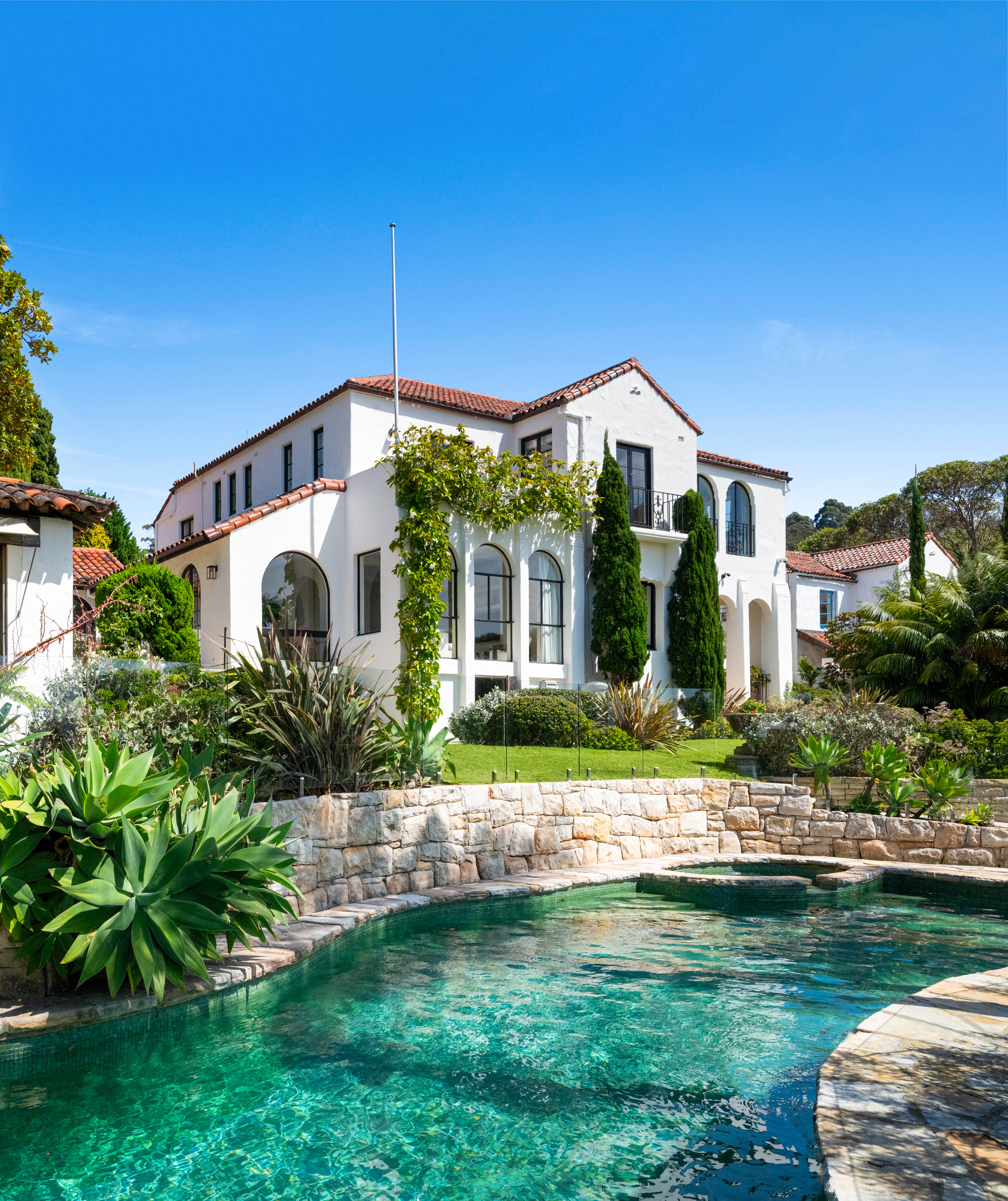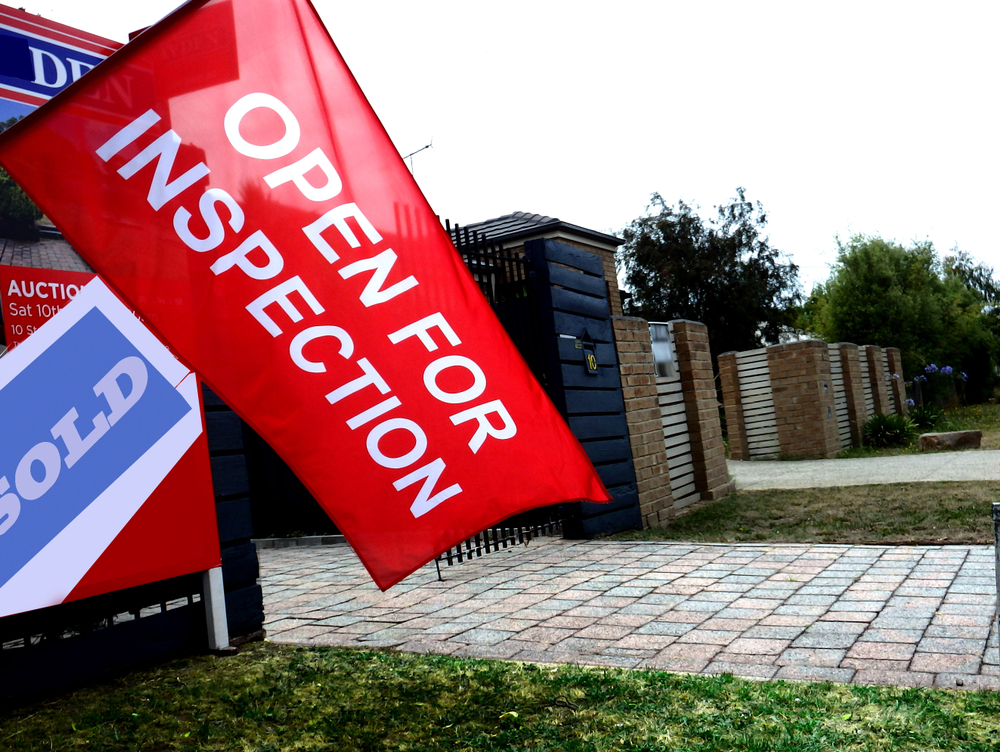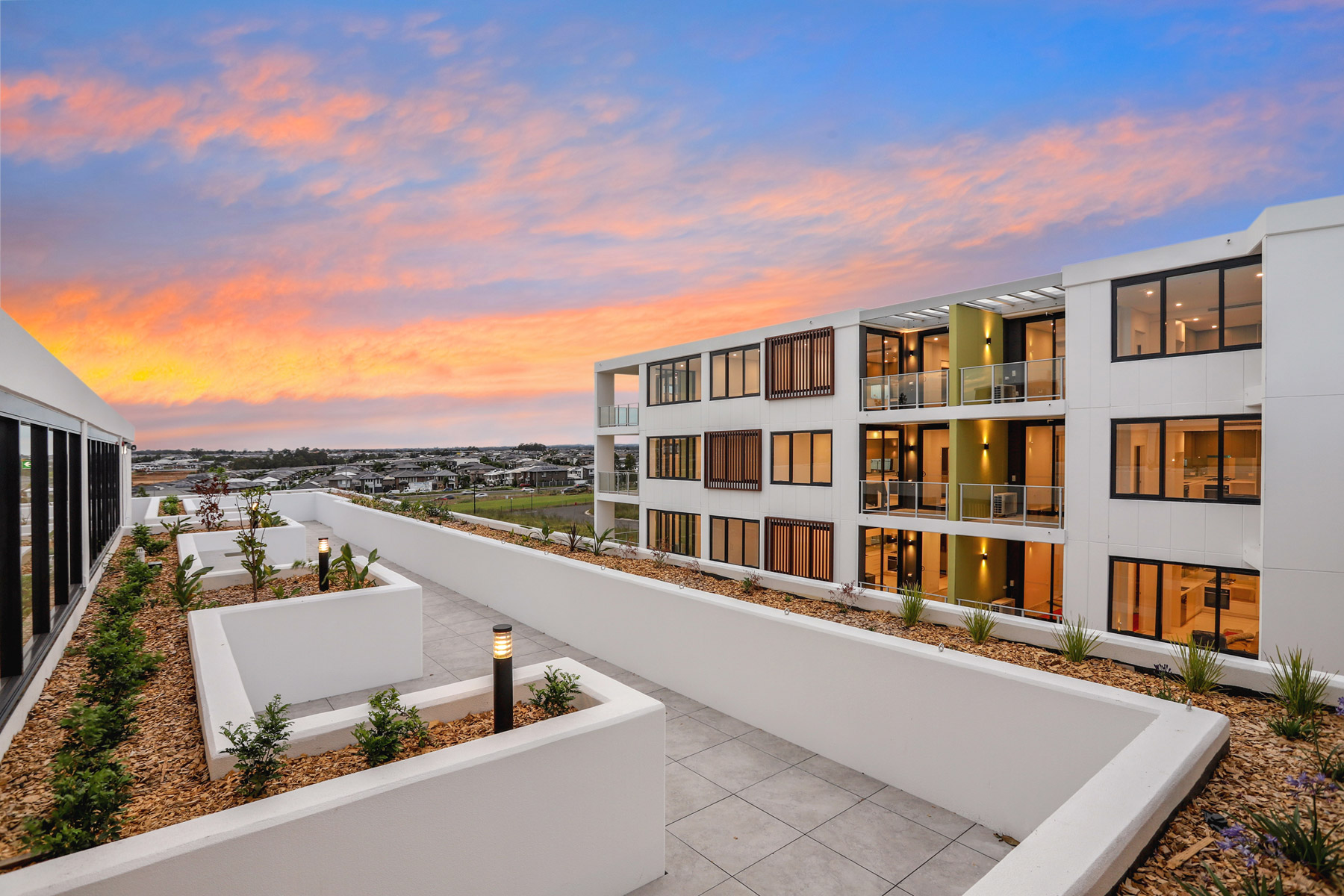SCARCITY AND STATUS DRIVE AUSTRALIA’S HIGH-END PROPERTY BOOM
Despite a volatile year for the broader housing sector, Australia’s luxury market continues to outpace expectations — but not every city is sharing in the spoils.
Australia’s top-tier property market has not only held its ground but surged ahead, outperforming median market trends over the past decade.
According to Ray White’s Luxury Market Report 2025, demand for prestige homes with location, character, and uniqueness has fuelled long-term price growth, with Sydney and Brisbane emerging as key players in the nation’s high-end housing boom.
While the broader property market has faced its share of turbulence, the report reveals that luxury homes, particularly those in tightly held or lifestyle-rich areas, are proving to be recession-proof investments.
Prestige Properties Outperform the Median
Ray White’s data shows that over the past decade, luxury house prices have grown 84%, compared to 70% growth in median-priced houses. Luxury apartments, too, posted significant gains — up 58% over the same period, outpacing the 31% growth seen in median units.
This upward trajectory highlights what affluent buyers have long known: scarcity and quality always command a premium.
“Luxury buyers are motivated by lifestyle and legacy — not just returns,” the report states. “They seek homes with architectural character, privacy, exclusivity and proximity to amenities. And increasingly, they’re willing to pay for uniqueness.”
2023: An Unusual Dip for Luxury
In a rare deviation, 2023 marked the first time in ten years that the median market outperformed the luxury market. This was attributed in part to tighter credit conditions, a cautious global investment climate, and a flight to perceived value in the lower-priced brackets.
But Ray White analysts believe this was a temporary recalibration rather than a trend reversal.
“Across the long-term horizon, prestige continues to outperform,” the report concludes. “The recent dip was more reflective of macroeconomic sentiment than a fundamental shift in demand for luxury.”
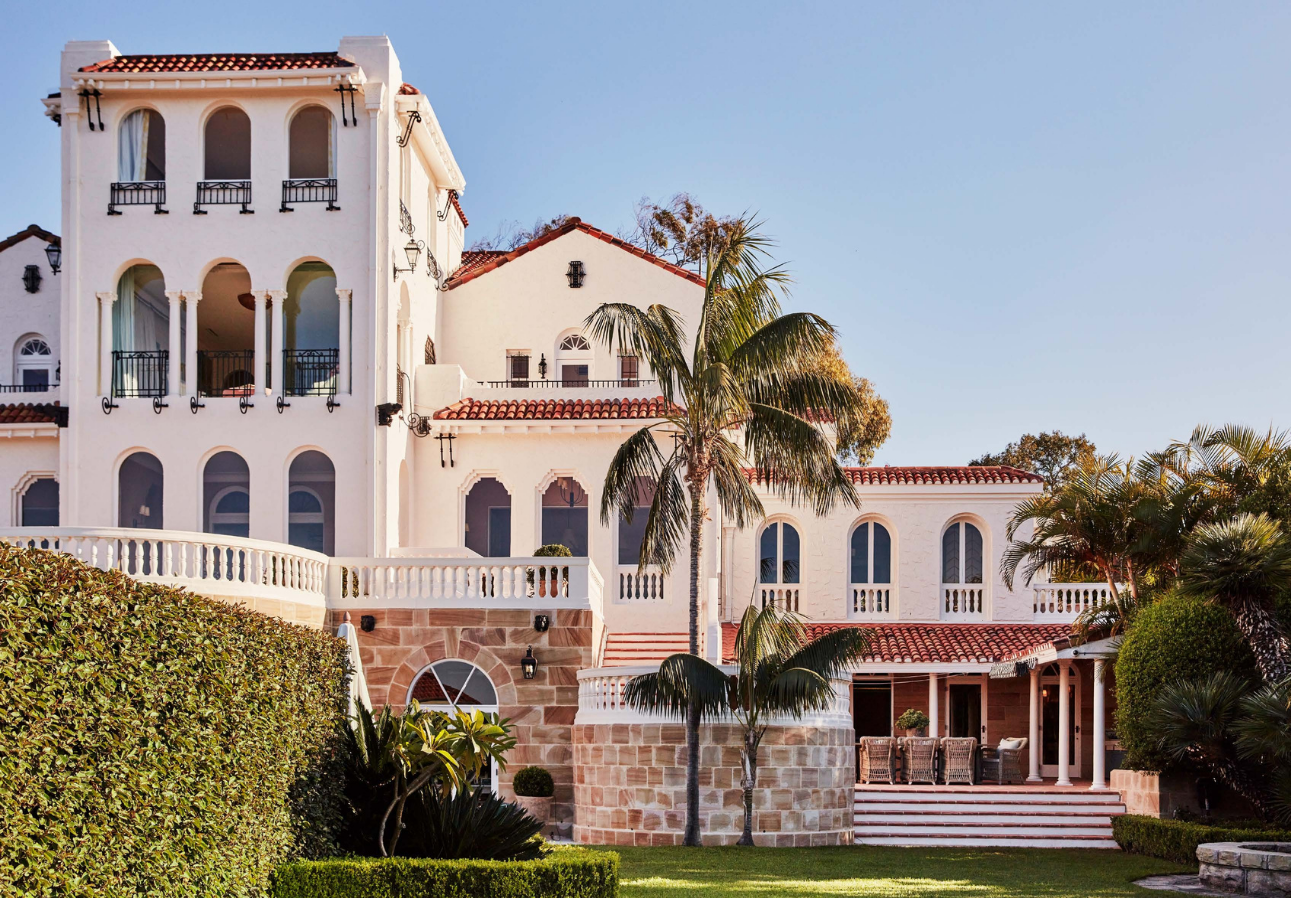
Sydney Still Leads — But Brisbane and the Gold Coast Are Rising
Unsurprisingly, Sydney remains the juggernaut, commanding 64% of all national luxury house sales and 51% of unit sales. Harbour views, limited supply and generational wealth underpin its continued dominance.
But perhaps the most compelling story of 2025 is Brisbane’s ascent. For the first time, luxury house and apartment prices in Queensland’s capital have crossed the $1 million threshold, and buyer activity shows no signs of slowing.
Migration from southern states, lifestyle appeal, and the impending 2032 Olympics are all contributing to the city’s new prestige identity.
“Brisbane is no longer the underdog,” the report says. “Buyers from Sydney and Melbourne are increasingly seeing it as a value play — and that’s driving demand for luxury stock.”
The Gold Coast, meanwhile, has quietly expanded its market share in the luxury unit space by 9%, thanks to surging demand from downsizers and international buyers. Waterfront apartments and branded residences are proving particularly hot.
Melbourne’s Prestige Market Contracts
In contrast to the upbeat figures from Queensland and New South Wales, Melbourne has experienced a notable retreat. The city’s share of luxury unit sales has fallen 4%, and luxury house sales have dropped 12%.
While the report stops short of sounding alarm bells, it attributes Melbourne’s cooling to shifting lifestyle priorities, post-pandemic relocation patterns, and ongoing population churn.
“Melbourne’s prestige market isn’t declining — it’s simply being rebalanced,” the report notes. “But with the right architectural product and location, the appetite is still there.”
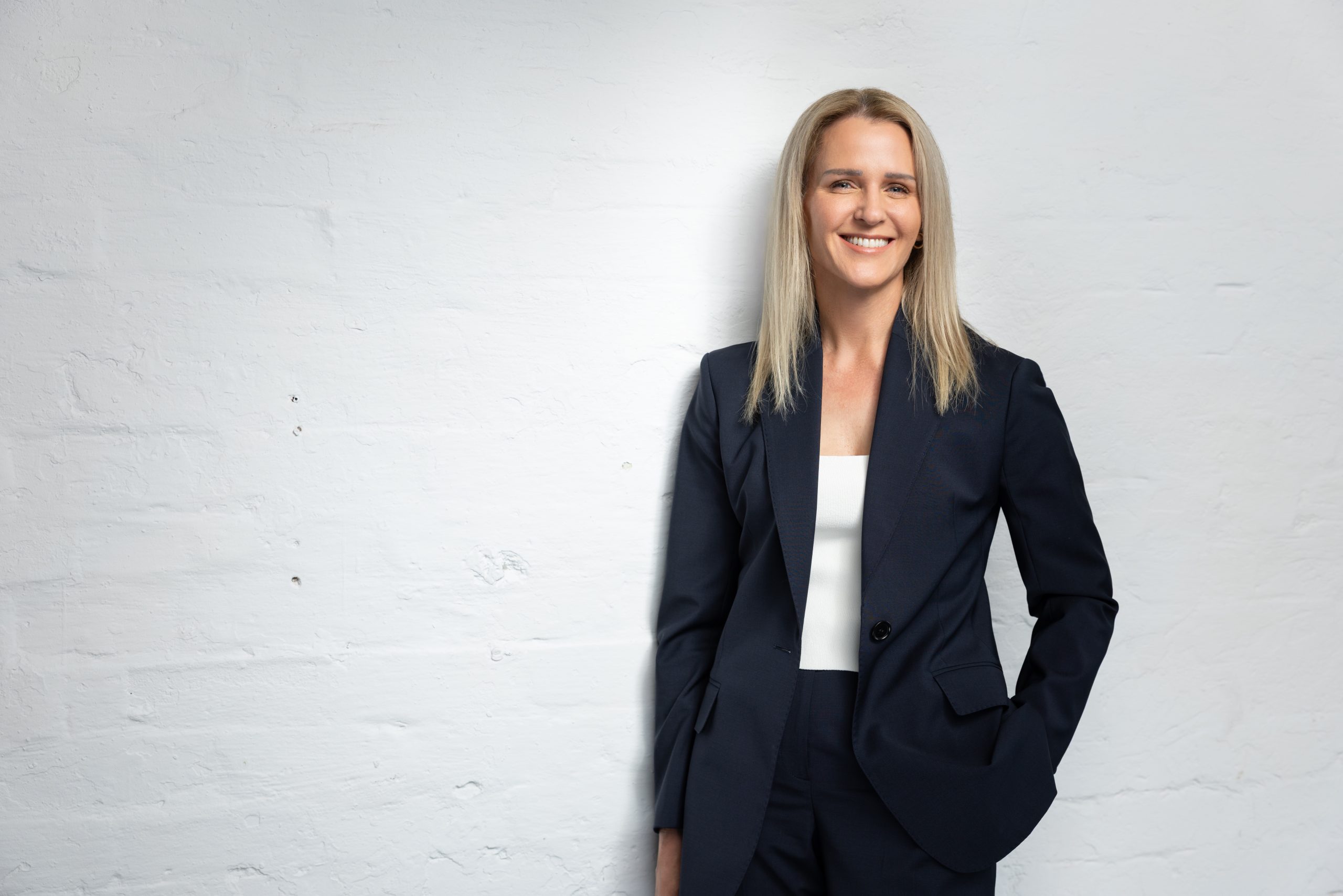
The New Luxury: Character, Lifestyle, and Privacy
More than ever, luxury buyers are seeking differentiation — properties that offer not just size or finishes, but a distinctive story. Think: heritage homes with contemporary restorations, homes with water access or panoramic views, and penthouses in boutique developments rather than high-density towers.
Homes that stand out are commanding serious premiums — often well above suburb medians — especially in traditionally non-prestige postcodes.
“The days of ‘McMansions’ being considered luxury are over,” the report adds. “Modern buyers want soul, not just square footage.”
The Verdict: Scarcity Drives Value
Whether it’s a terrace in Paddington, a penthouse in Newstead, or a vineyard in the Adelaide Hills, the message from the Ray White Luxury Report is clear: when it comes to high-end real estate, scarcity is king.
As buyers seek long-term value and lifestyle investments, the prestige market is expected to remain resilient, particularly in locations with strong infrastructure, lifestyle appeal, and development restrictions that limit supply.
In a world of economic uncertainty, luxury real estate is increasingly being seen not just as an asset, but as a form of security, both financial and emotional.
A divide has opened in the tech job market between those with artificial-intelligence skills and everyone else.
A 30-metre masterpiece unveiled in Monaco brings Lamborghini’s supercar drama to the high seas, powered by 7,600 horsepower and unmistakable Italian design.
Buyer demand, seller confidence and the First Home Guarantee Scheme are setting up a frantic spring, with activity likely to run through Christmas.
The spring property market is shaping up as the most active in recent memory, according to property experts Two Red Shoes.
Mortgage brokers Rebecca Jarrett-Dalton and Brett Sutton point to a potent mix of pent-up buyer demand, robust seller confidence and the First Home Guarantee Scheme as catalysts for a sustained run.
“We’re seeing an unprecedented level of activity, with high auction numbers already a clear indicator of the market’s trajectory,” said Sutton. “Last week, Sydney saw its second-highest number of auctions for the year. This kind of volume, even before the new First Home Guarantee Scheme (FHGS) changes take effect, signals a powerful market run.”
Rebecca Jarrett-Dalton added a note of caution. “While inquiries are at an all-time high, the big question is whether we will have enough stock to meet this demand. The market is incredibly hot, and this could lead to a highly competitive environment for buyers, with many homes selling for hundreds of thousands above their reserve.”
“With listings not keeping pace with buyer demand, buyers are needing to compromise faster and bid harder.”
Two Red Shoes identifies several spring trends. The First Home Guarantee Scheme is expected to unlock a wave of first-time buyers by enabling eligible purchasers to enter with deposits as low as 5 per cent. The firm notes this supports entry and reduces rent leakage, but it is a demand-side fix that risks pushing prices higher around the relevant caps.
Buyer behaviour is shifting toward flexibility. With competition intense, purchasers are prioritising what they can afford over ideal suburb or land size. Two Red Shoes expects the common first-home target price to rise to between $1 and $1.2 million over the next six months.
Affordable corridors are drawing attention. The team highlights Hawkesbury, Claremont Meadows and growth areas such as Austral, with Glenbrook in the Lower Blue Mountains posting standout results. Preliminary Sydney auction clearance rates are holding above 70 per cent despite increased listings, underscoring the depth of demand.
The heat is not without friction. Reports of gazumping have risen, including instances where contract statements were withheld while agents continued to receive offers, reflecting the pressure on buyers in fast-moving campaigns.
Rates are steady, yet some banks are quietly trimming variable and fixed products. Many borrowers are maintaining higher repayments to accelerate principal reduction. “We’re also seeing a strong trend in rent-vesting, where owner-occupiers are investing in a property with the eventual goal of moving into it,” said Jarrett-Dalton.
“This is a smart strategy for safeguarding one’s future in this competitive market, where all signs point to an exceptionally busy and action-packed season.”
Two Red Shoes expects momentum to carry through the holiday period and into the new year, with competition remaining elevated while stock lags demand.
A divide has opened in the tech job market between those with artificial-intelligence skills and everyone else.
Ophora Tallawong has launched its final release of quality apartments priced under $700,000.









